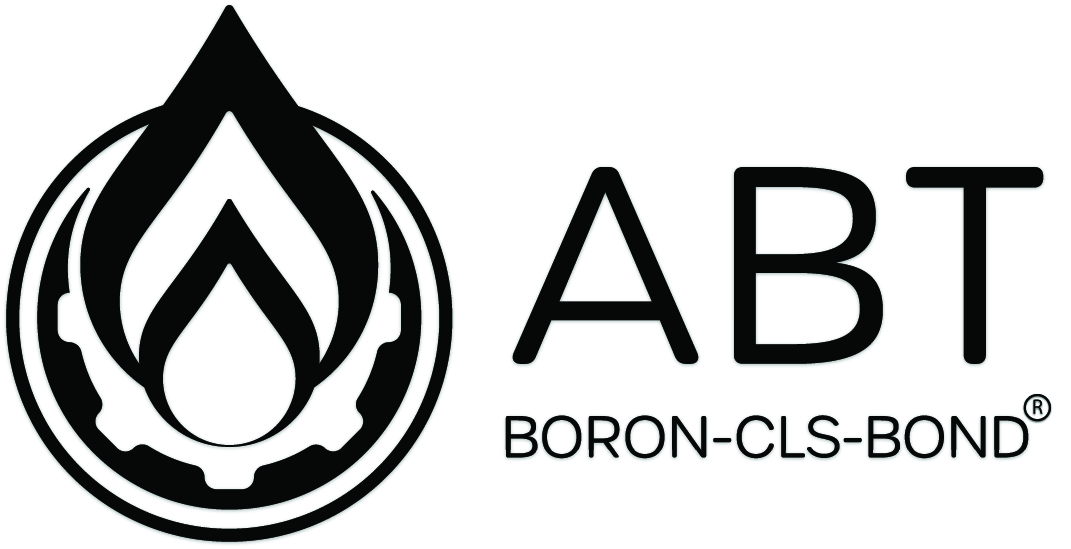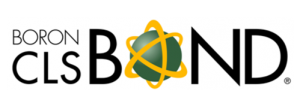Types of Liabilities on Balance Sheet Top 7 Types with Examples
Deferred Revenue is a liability that arises when a company receives payment from customers for goods or services that have not yet been delivered or earned. It represents an obligation to provide the products or services in the future. Long-term obligations, such as credits, bonds, https://bgrielt.ru/en/sobstvennost/inventarizacionnyj-nomer-eto.html or mortgage loans, endure more than a year. Organisations frequently use long-range responsibility to support large efforts such as purchasing new resources, expanding tasks, or sustaining capital-intensive endeavours. Accrued expenses are recorded to ensure that the company’s financial statements reflect the accurate financial position.
- Another example of valuation account is allowance for doubtful accounts.
- When a business uses the Accrual basis accounting method, the revenue is counted as soon as an invoice is entered into the accounting system.
- With online accounting software, you can organize and track your balance sheet accounts.
- When a company borrows money, it creates a liability on its balance sheet.
Different Types of Liabilities in Accounting
Liabilities play a crucial role in a company’s financial https://avon-ofis.ru/en/sdelki-s-avto/kak-vernut-nds-pri-pokupke.html health, as they fund business operations and impact the company’s overall solvency. Liability accounts are a crucial component of a company’s financial statements. They represent the obligations that a company owes to its creditors and other third parties. Proper management of liability accounts is essential for maintaining a healthy cash flow.
- The businesses usually maintain separate accounts for revenues and all incomes earned by them.
- With a current ratio above 2, the company can comfortably meet its short-term obligations, demonstrating strong liquidity.
- Deferred revenue is money received before you deliver goods or services.
- If you’re unable to repay any of your non-current liabilities when they’re due, your business could end up in a solvency crisis.
Additional Resources
This is to help guarantee that any debts or obligations your business has can get met. The way we classify liabilities mostly depends on when they are due. This helps us understand a company’s short-term and long-term debts.
B2B Payments
However, it should disclose this item in a footnote on the financial statements. According to the accounting equation, the total amount of the liabilities must be equal to the difference between the total amount of the assets and the total amount of the equity. Unearned Revenue – Unearned revenue is slightly different from other liabilities because it doesn’t involve direct borrowing. Unearned revenue arises when a company sells goods or services to a customer who pays the company but doesn’t receive the goods or services. The company must recognize a liability because it owes the customer for the goods or services the customer paid for. These debts usually arise from business transactions like purchases of goods and services.
Types of accounts in accounting
Depending on the terms and form of the lease agreement, lease obligations can be categorised as operational leases or financing leases. To represent their financial commitments, businesses must appropriately account for leasing obligations. Accrued Expenses are liabilities that arise when a company incurs expenses but hasn’t yet made the corresponding payment. These expenses include items like salaries, taxes, utilities, and interest. Depending on the repayment period, notes payable might be short-term or long-term.
Liability Accounts
Mortgage payable is a type of long-term debt for purchasing property for business activities. Long-term liabilities have higher interest rates due to the wide gap between the time of borrowing and repayment. Contingent https://tpk-pravo.ru/en/zakonodatelstvo/sistema-upravleniya-riskami-eaes.html liabilities are potential future obligations that depend on the occurrence of a specific event or condition. These liabilities may or may not materialize, and their outcome is often uncertain. Examples of contingent liabilities include warranty liabilities and lawsuit liabilities.
Assets and liabilities in accounting are two significant terms that help businesses keep track of what they have and what they have to arrange for. The latter is an account in which the company maintains all its records such as debts, obligations, payable income taxes, customer deposits, wages payable, and expenses incurred. In conclusion, liabilities play an integral role in the financial health of individuals and businesses. Understanding the types, importance, and effective management strategies for liabilities is crucial for making informed financial decisions and maintaining a strong balance sheet. The importance of current liabilities lies in their ability to assess a company’s short-term liquidity.






